This Monday February 13, we will meet in person.
See calendar for online and in person schedule here.
Address for the OHMC meditation space:
3812 Northampton St. NW
Washington DC 20015
This Monday evening Ellen will facilitate and we will meet in person at our meditation space at 3812 Northampton St NW DC 20015. Please arrive a little early so you have time to settle in before the 7:00PM meditation bell.
Buddhist teacher Tara Brach has written, “The Buddha taught that this whole life – including our thoughts, feelings and actions – arise from the tip of intention.” I have been thinking a lot (perhaps connecting to my “beginning anew” focus in January) about “intention” and how it both differs from and relates to “attention.”
Serendipitously, I listened to a Tara Brach podcast recently (twice!) that spoke to this very issue, and let me share three things Tara said that I found very thought-provoking:
· Intention creates experience.
· When we pay attention to our intentions, then we bring more above the line into our awareness and presence. How aware are we of our intentions?
· The path of awakening is focusing on our intentions and our awareness.
These made me think of a training Marie did some years ago in her home on her farm in which she talked about watering our good seeds, and bringing them above the line of awareness.
I found those helpful, and then I turned to find Thich Nhat Hanh (Thay)’s wisdom on this.
I was inspired by a dharma talk given by Thay in 2012, where he spoke about Buddhism’s five universal mental formations, describing them as:
“… always present with consciousness …and they bring about perception. The third mental formation is called attention: This has the function of drawing your attention to an object. When the bell master offers the half sound, your attention is drawn to that sound. That is manaskara, attention. Several objects of attention may happen at the same time—three, four, a dozen—but you’re free to choose one object to bring your attention to.
And with mindfulness you can make a good choice. Instead of listening to another sound, you’re listening to the bell. Breathing in and breathing out, just focus your attention only on the bell. Listening to the bell can help you to create the energy of concentration that can help you to calm down the body and the mind. So that kind of attention is good in nature. It’s called appropriate attention.
But when we allow our attention to go to objects that do not benefit our peace and practice, it’s called inappropriate attention. It’s called ayoniso manaskara. So as a good practitioner, mindfulness helps us to focus our attention only on the objects of benefit, and that can come before contact (sparsha) or after contact….”
Lots of food for thought here. Here are some questions for our dharma sharing:
1. What’s driving us – what are our deepest intentions?
2. How do we bring more awareness of our intentions that shape our actions and communications?
3. How do we cultivate more awareness and presence?
Looking forward to being together.
Ellen

